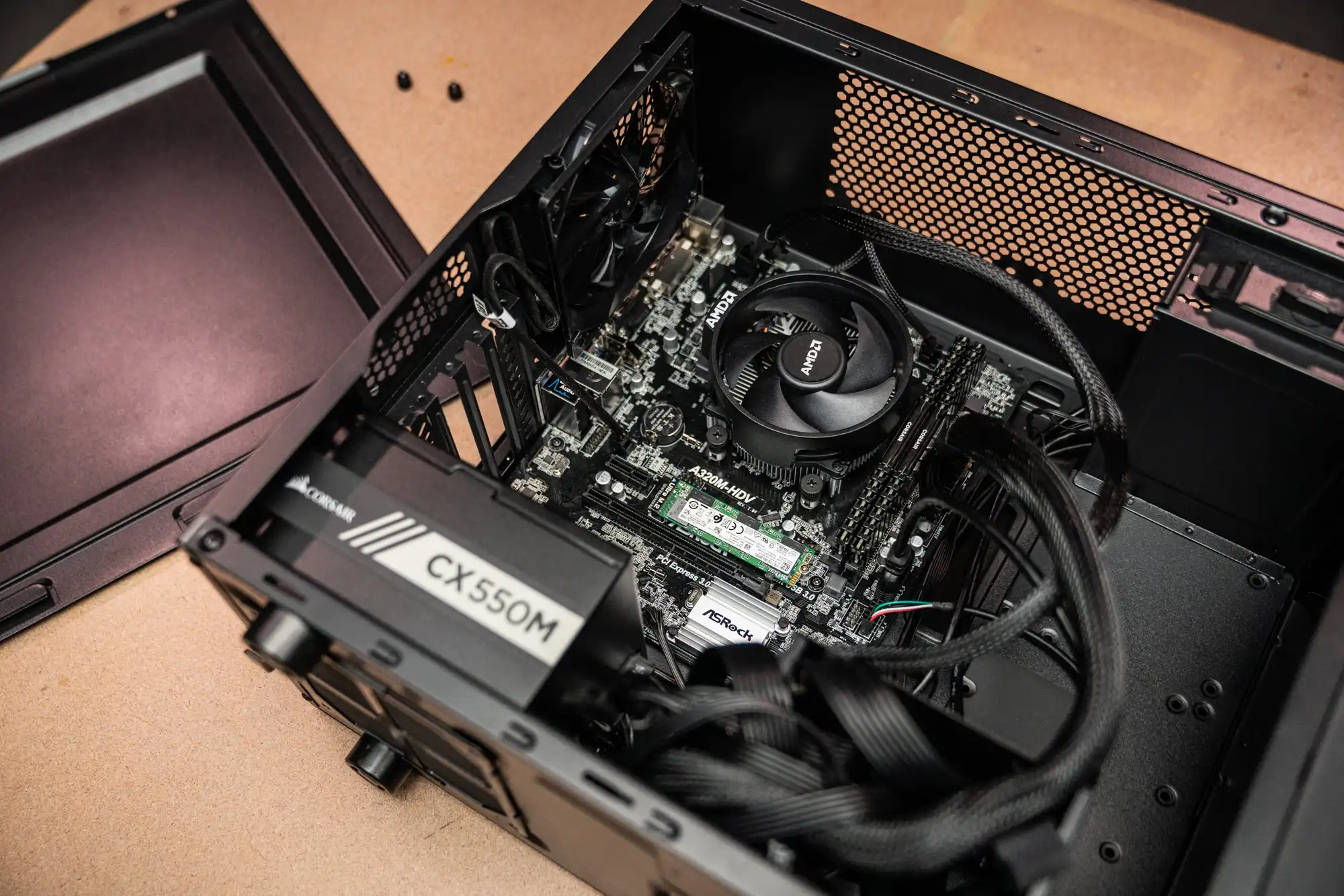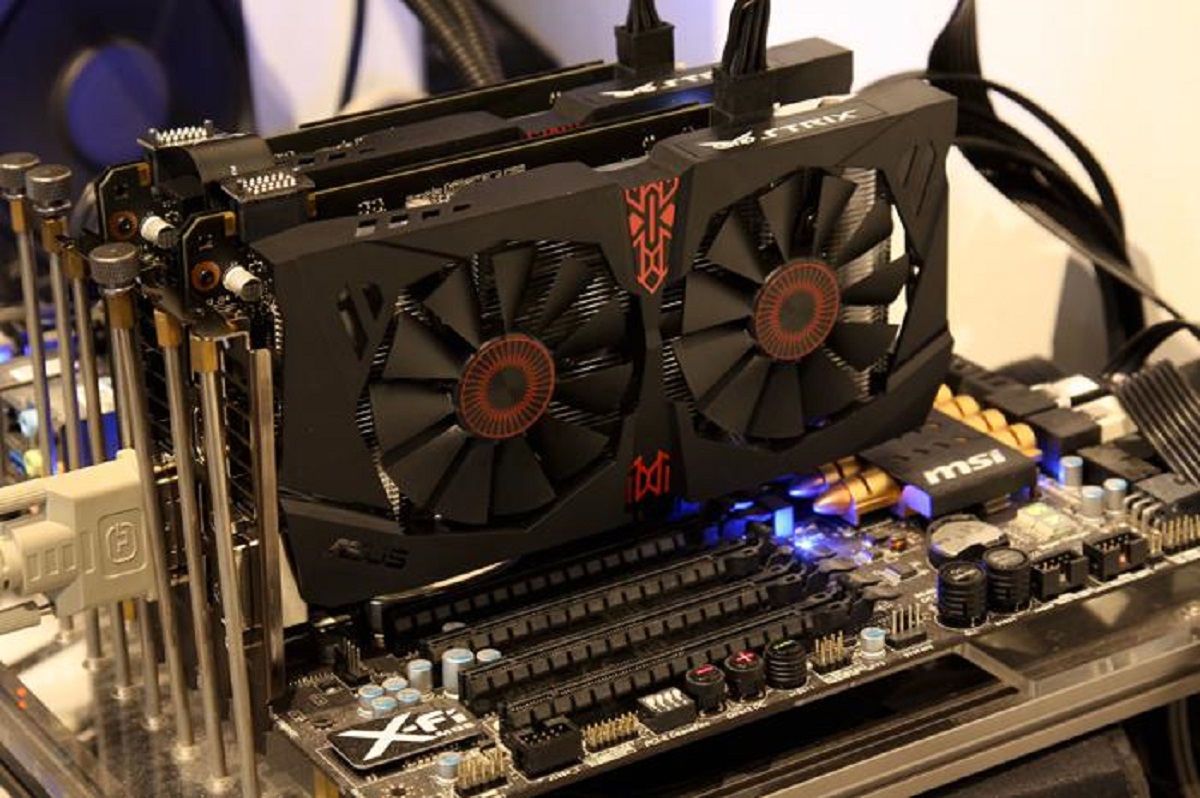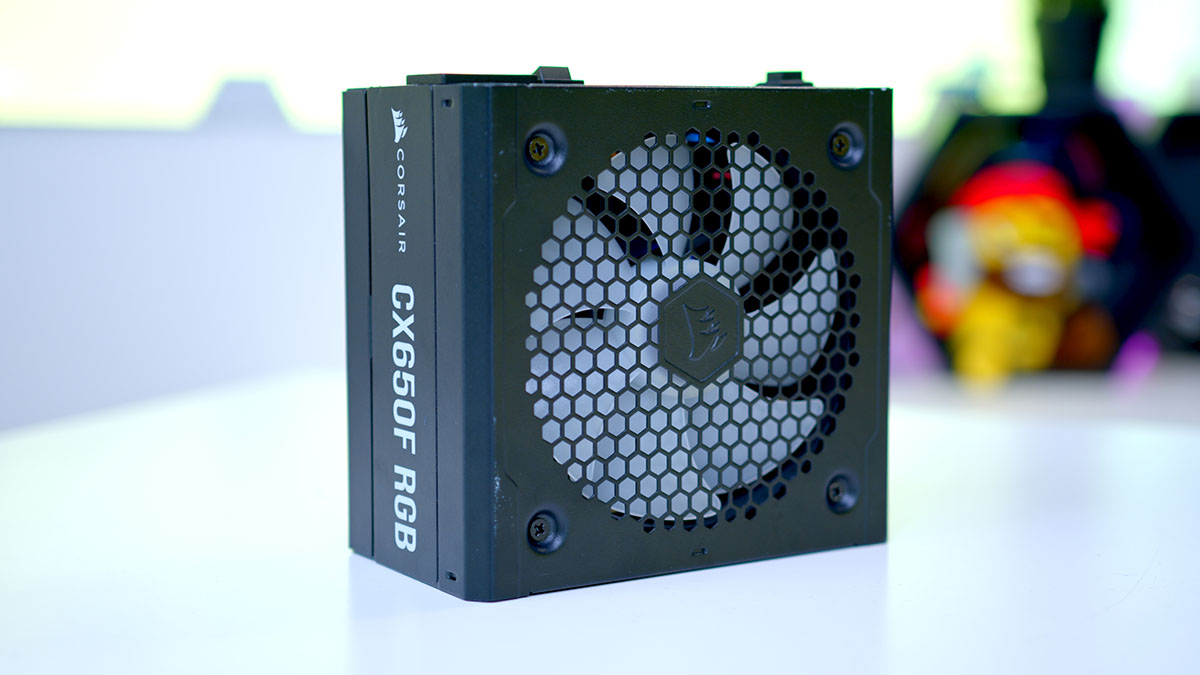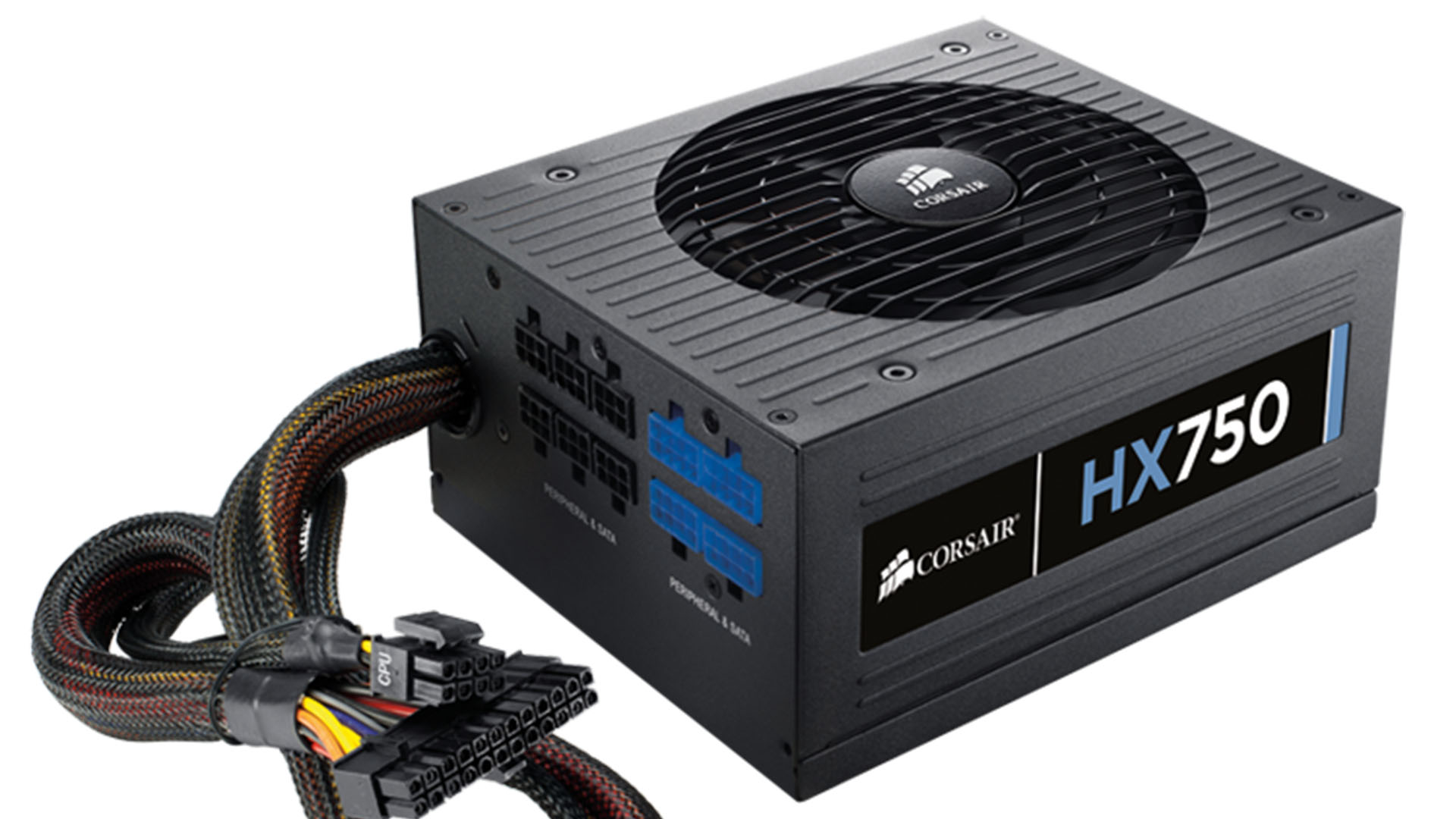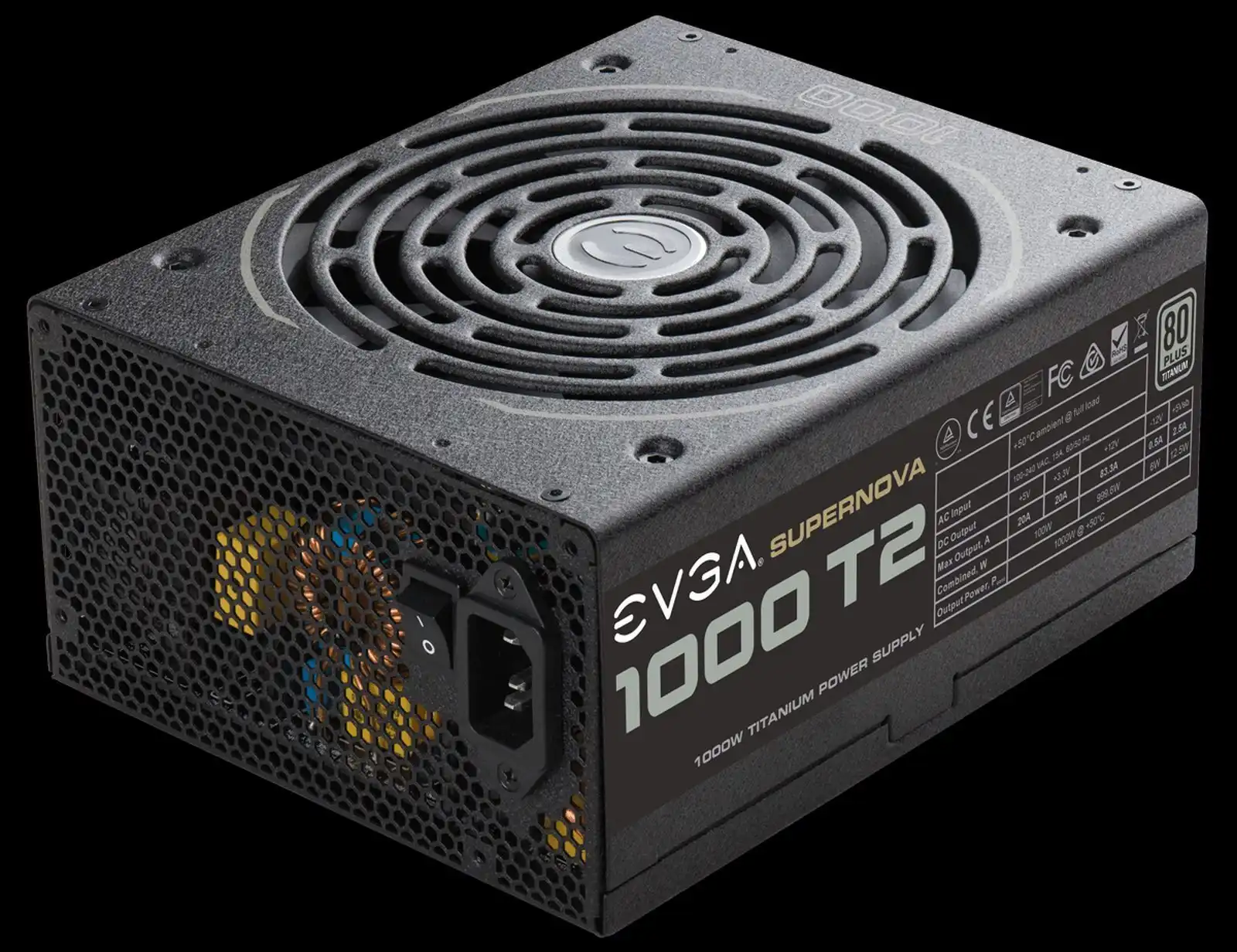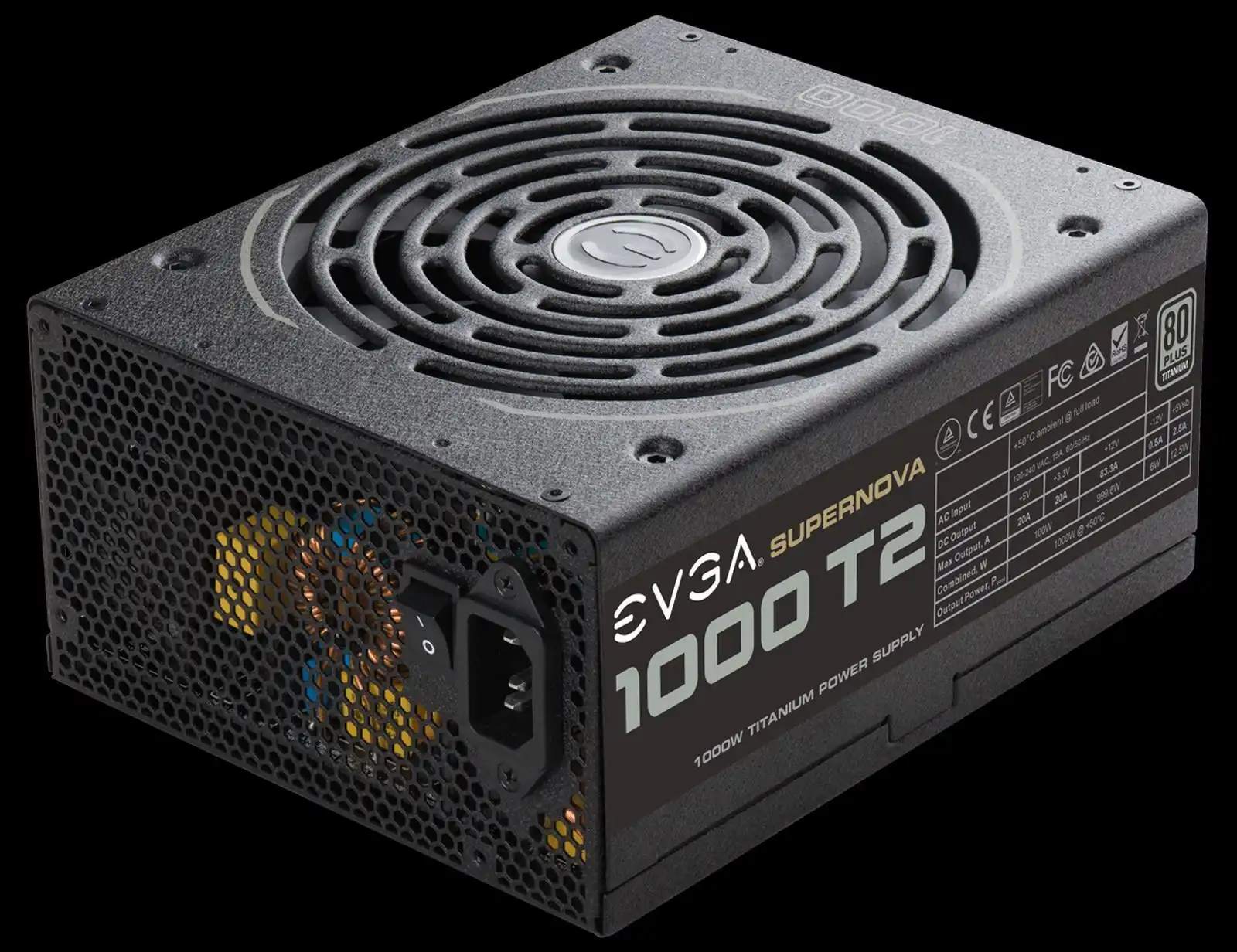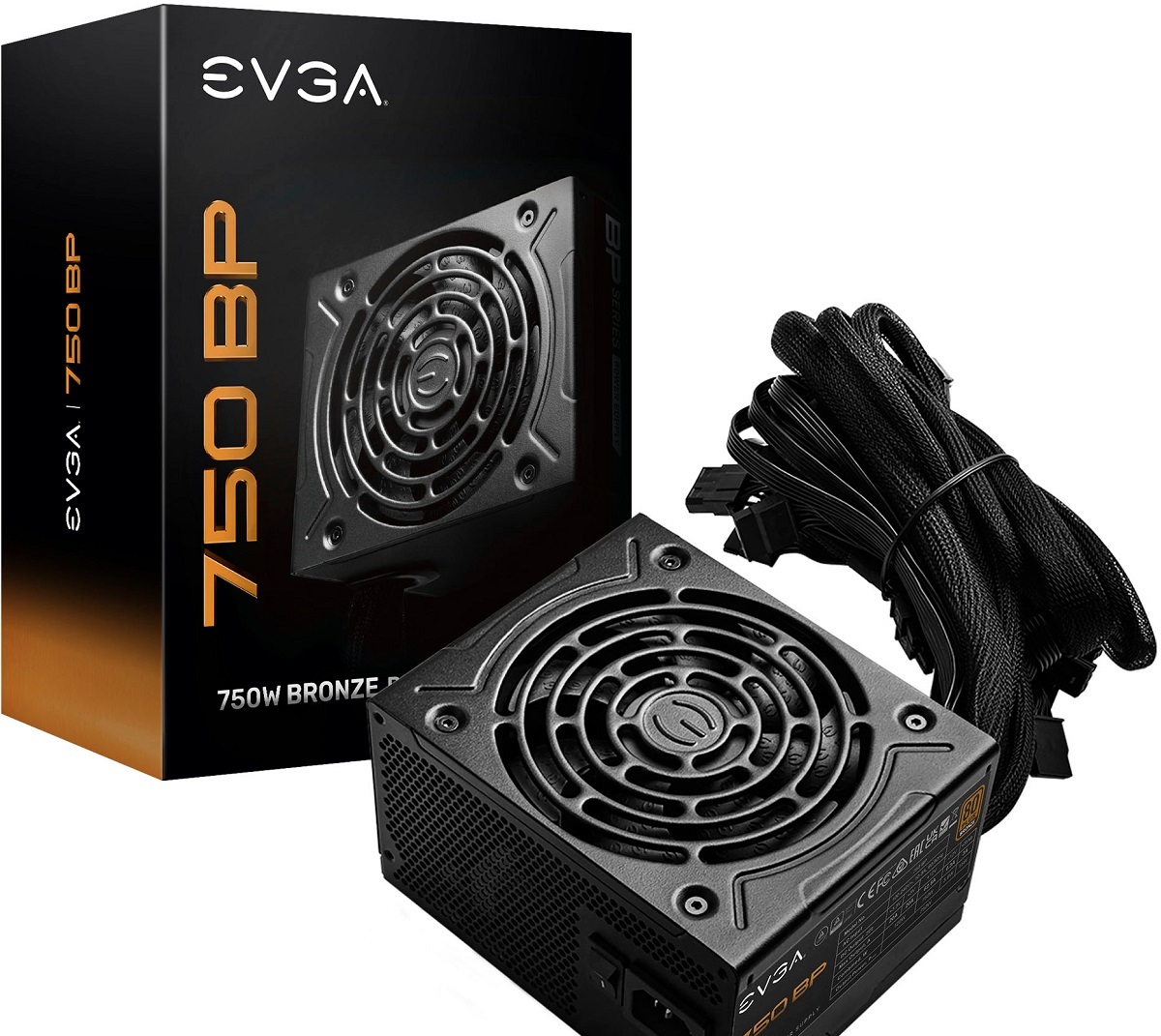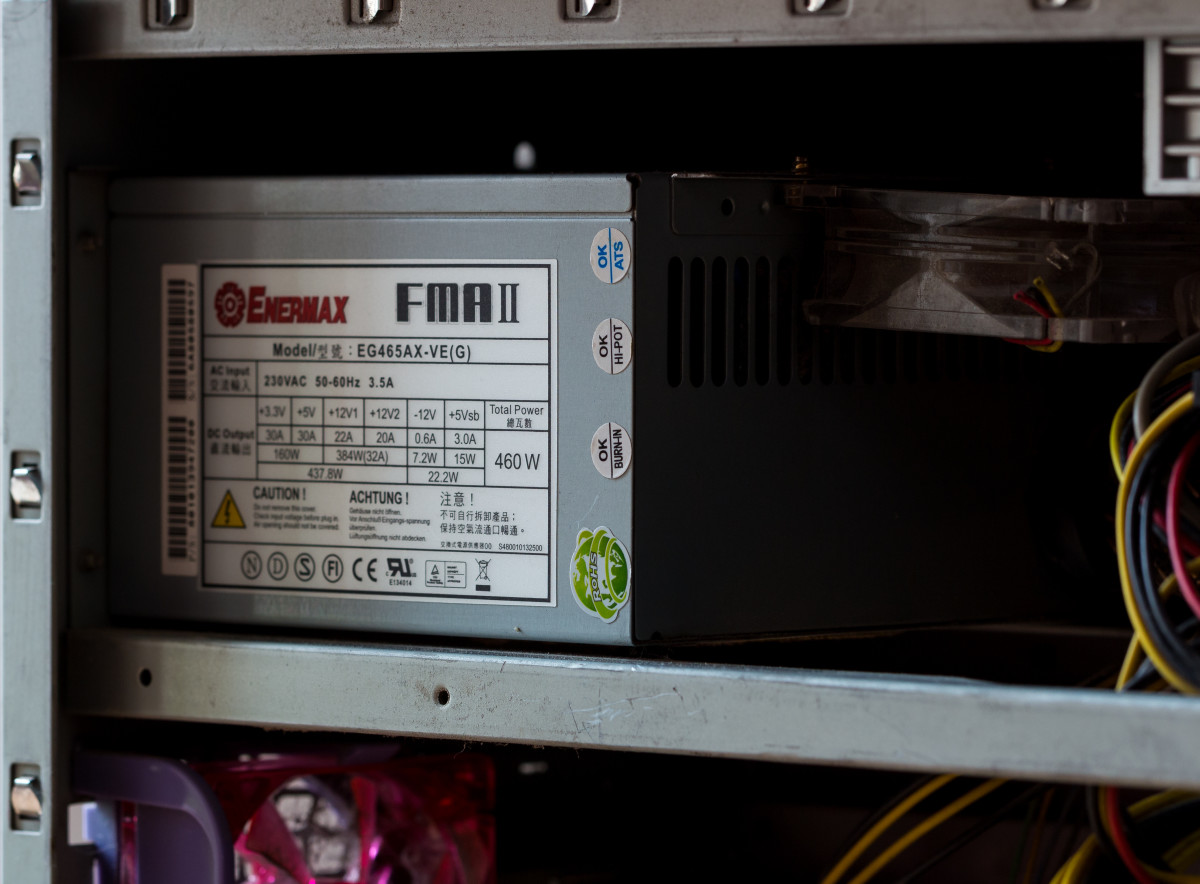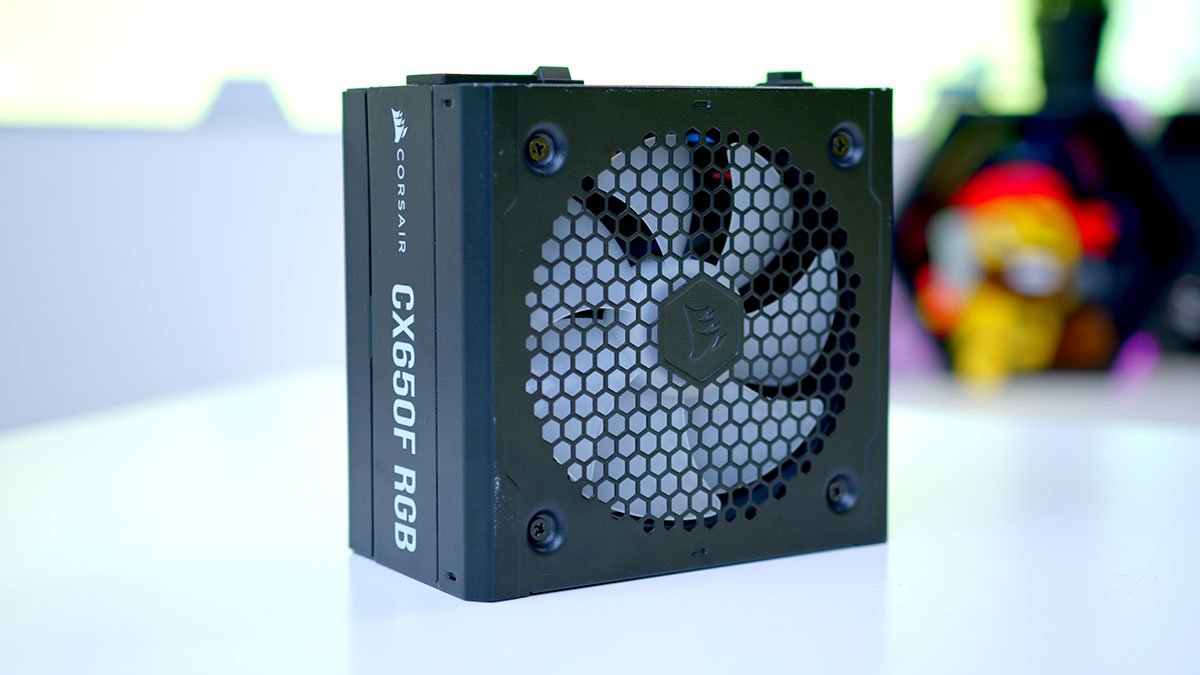Introduction
Welcome to the world of power supply units (PSUs)! When building or upgrading a computer, it’s easy to get caught up in selecting the latest and greatest CPU, GPU, and RAM. However, one component that is often overlooked but crucially important is the PSU. A PSU is responsible for providing reliable and stable power to all the components in your system, ensuring smooth operation and longevity.
Before diving into the importance of PSU headroom, let’s take a moment to understand the basics of PSUs. They come in various wattages, ranging from 300W to 1000W or even higher, and can be modular or non-modular. Modular PSUs provide the flexibility of connecting only the necessary cables, reducing clutter inside your PC case. On the other hand, non-modular PSUs come with a fixed set of cables.
Choosing the right PSU for your system can be a daunting task, with a multitude of factors to consider. One often overlooked factor is PSU headroom. PSU headroom refers to the extra power capacity that your PSU should have beyond the baseline power requirements of your components. In other words, it’s the additional power needed to handle unexpected power spikes or future upgrades. Having adequate PSU headroom ensures that your system runs smoothly under any circumstances, preventing performance issues or potential damage to your components.
Despite its importance, determining the appropriate amount of PSU headroom can be tricky. It varies depending on various factors, such as the power requirements of your components, including the CPU, GPU, drives, and peripherals, as well as any additional power-consuming accessories like RGB lighting or liquid cooling systems. Additionally, factors like overclocking, future upgrades, and PSU efficiency also play a role in determining the optimum PSU headroom for your system.
In this article, we will delve into the factors to consider when choosing a PSU, discuss how to calculate power requirements, and explore the importance of PSU efficiency. We will also provide recommendations for recommended PSU headroom based on different usage scenarios. So, let’s dive in and demystify the concept of PSU headroom!
Understanding Power Supply Units (PSUs)
Power Supply Units (PSUs) are the backbone of any computer system. As the name implies, PSUs are responsible for supplying power to all the components in your system, ensuring their proper functioning. They convert the alternating current (AC) from your wall outlet into the direct current (DC) required by your computer’s internal components.
PSUs come in various form factors and wattages, catering to different types of systems and power requirements. When choosing a PSU, it’s important to consider factors such as wattage, efficiency, and modular or non-modular design.
The wattage of a PSU refers to its power output capability. It determines how much power the PSU can deliver to your system. The wattage requirement of your system depends on the components you have installed, including the CPU, GPU, drives, and peripherals. It’s vital to choose a PSU with enough wattage to meet the power demands of your components. Selecting a PSU with insufficient wattage can result in system instability and potential damage to your components.
PSU efficiency is another crucial factor to consider. Efficiency is the measure of how effectively the PSU converts AC power from the wall outlet into DC power for your system. Higher efficiency typically means less wasted electricity and lower operating temperatures. Look for PSUs with 80 Plus certification, which indicates high efficiency levels.
Modular and non-modular PSUs differ in terms of their cable management. Modular PSUs offer detachable cables, allowing you to connect only the necessary ones and reduce cable clutter inside your PC case. This results in better airflow and easier installation. On the other hand, non-modular PSUs come with a fixed set of cables, which may lead to a less organized and more difficult installation process.
When choosing a PSU, it’s also important to consider the available connectors. Ensure that the PSU has enough connectors to support all your components, including SATA power connectors for drives, PCI-Express connectors for GPUs, and CPU power connectors.
Overall, understanding the basics of PSUs is crucial when selecting the right one for your computer system. Consider factors such as wattage, efficiency, modular or non-modular design, and available connectors. By choosing a PSU that meets the power demands of your components and provides reliable and efficient power delivery, you can ensure the stability and longevity of your system.
Factors to Consider When Choosing a PSU
When it comes to selecting a Power Supply Unit (PSU) for your computer system, there are several important factors to consider. Choosing the right PSU ensures that your system receives the necessary power to operate smoothly and efficiently. Let’s explore the key factors you need to keep in mind when making your decision.
1. Wattage: The wattage of the PSU determines how much power it can deliver to your system. It is crucial to select a PSU with a wattage rating that meets or exceeds your system’s power requirements. Consider the power needs of your components, such as the CPU, GPU, drives, and peripherals, and choose a PSU with sufficient wattage to support them.
2. Efficiency: PSU efficiency is a measure of how well it converts AC power from the wall outlet into DC power for your system. Look for PSUs with high-efficiency ratings, typically indicated by certifications such as 80 Plus Bronze, Silver, Gold, or Platinum. Higher efficiency means less wasted energy and lower operating costs.
3. Modular or Non-modular: PSUs come in modular and non-modular variants. Modular PSUs allow you to detach unused cables, reducing cable clutter inside your PC case and improving airflow. Non-modular PSUs come with fixed cables, which may lead to a less organized build. Consider your cable management preferences and choose the option that suits you best.
4. Connectors: Ensure that the PSU you choose has all the necessary connectors for your components. Look for SATA power connectors for drives, PCI-Express connectors for GPUs, and CPU power connectors. Having the right connectors is essential to ensure proper power delivery and compatibility with your hardware.
5. Brand and Quality: Opt for PSUs from reputable brands known for their reliability and quality. Well-known brands often offer better warranties and customer support, giving you peace of mind in case of any issues. Additionally, reliable PSUs have better protection mechanisms to safeguard your components against power surges or failures.
6. Budget: Consider your budget when selecting a PSU, but avoid compromising on quality. While it can be tempting to go for a cheaper option, a low-quality PSU could potentially damage your components or provide unstable power. Allocate a reasonable budget for a PSU that meets your system’s requirements and provides reliable performance.
By carefully considering these factors, you can choose a PSU that meets your system’s needs and provides stable and efficient power delivery. Don’t overlook the importance of a good PSU, as it plays a critical role in the overall performance and longevity of your computer system.
Calculating Power Requirements
Calculating the power requirements of your computer system is essential when selecting the right Power Supply Unit (PSU). Knowing the accurate power needs of your components ensures that you choose a PSU with sufficient wattage to support them. Here are some steps to help you calculate your power requirements.
1. Determine the power draw of each component: Start by identifying the power requirements of each component in your system. This includes the CPU, GPU, drives (HDDs or SSDs), RAM, motherboard, and any peripherals like fans or RGB lighting. Check the manufacturer’s specifications, which typically indicate the maximum power consumption for each component.
2. Consider the peak power consumption: Keep in mind that the power consumption of some components may vary depending on usage. For example, GPUs under heavy load or CPUs during overclocking may consume more power than their base specifications. Take these peak power consumption values into account when calculating your PSU requirements.
3. Add up the power requirements: Once you have identified the power draw of each component, add them together to get the total power consumption. Make sure to convert the values to the same unit (typically watts) for accurate calculations.
4. Account for efficiency and future upgrades: Consider the efficiency of your PSU and the potential for future upgrades. PSUs are most efficient at around 50-70% load. To ensure efficiency and provide headroom for upgrades, it’s recommended to multiply the total power consumption by 1.2 or 1.5. This will give you a buffer and ensure the PSU operates within its optimal range.
5. Consider additional power-consuming accessories: If you have additional power-consuming accessories such as multiple case fans, liquid cooling systems, or RGB lighting, include their power requirements in your calculations. It’s better to overestimate than underestimate to account for any additional power needs.
6. Select a PSU with sufficient wattage: Based on the total power consumption calculated, choose a PSU with a wattage rating that exceeds the requirements. It’s recommended to round up to the nearest available PSU wattage to ensure adequate headroom and a stable power supply.
Remember, accurate power requirement calculations are crucial in selecting the right PSU for your system. By carefully considering each component’s power draw, accounting for peak power consumption, factoring in efficiency and potential upgrades, and including any additional power-consuming accessories, you can ensure that your PSU provides reliable and sufficient power to your system.
The Importance of PSU Efficiency
PSU efficiency is a critical factor to consider when selecting a Power Supply Unit (PSU) for your computer system. A PSU’s efficiency determines how effectively it converts the alternating current (AC) from your wall outlet into the direct current (DC) required by your components. Let’s explore the importance of PSU efficiency and how it can impact your system.
1. Energy Savings: Highly efficient PSUs convert more AC power into DC power, resulting in less energy wasted as heat. This translates to lower electricity consumption and reduced energy costs over time. Investing in an efficient PSU can make a noticeable difference in your electricity bill, particularly if your computer is running for extended periods.
2. Heat Management: Efficient PSUs generate less heat compared to lower-quality models. Excessive heat can affect the overall performance and lifespan of your components. It can also lead to unstable operation, system crashes, or even component failures. By using an efficient PSU, you can ensure that your system runs cooler and more reliably.
3. Longevity of Components: Unstable or fluctuating power supply can harm your computer’s internal components. Efficient PSUs provide consistent and stable power delivery, minimizing the risk of voltage spikes or surges that can damage sensitive components such as CPUs, GPUs, or motherboards. By investing in a high-quality and efficient PSU, you can extend the longevity of your components.
4. Environmental Impact: Energy efficiency is not just about cost savings; it also contributes to reducing the environmental impact. By using an efficient PSU, you are consuming less electricity overall, leading to reduced carbon emissions and a smaller ecological footprint. Choosing an eco-friendly PSU is a responsible choice that aligns with sustainability efforts.
5. Enhanced System Performance: Efficient PSUs provide a stable and reliable power supply, ensuring that your system operates optimally. Consistent power delivery translates to better performance, especially during intense tasks like gaming or video editing. An efficient PSU can support your system’s power demands, contributing to smoother operation and improved overall user experience.
6. Noise Reduction: Efficient PSUs generate less heat, which in turn leads to reduced fan speed and quieter operation. Noisy fans can be distracting and affect the overall user experience. By investing in a high-efficiency PSU, you can minimize fan noise and enjoy a quieter computing environment.
Overall, PSU efficiency is not just a fancy specification but a crucial aspect that impacts your system’s performance, component longevity, energy consumption, and noise level. When selecting a PSU, prioritize efficiency by choosing models with recognized certifications such as 80 Plus Bronze, Silver, Gold, or Platinum. By investing in an efficient PSU, you can reap the benefits of energy savings, heat reduction, component protection, enhanced performance, and a more environmentally friendly computing setup.
Recommended PSU Headroom
When it comes to selecting a Power Supply Unit (PSU) for your computer system, it’s important to consider the concept of PSU headroom. PSU headroom refers to the extra power capacity that your PSU should have beyond the baseline power requirements of your components. Having sufficient headroom is crucial for system stability, performance, and potential upgrades. Let’s explore recommended PSU headroom based on different usage scenarios.
1. Standard Usage: For a typical desktop setup with standard usage, a PSU headroom of around 10-20% is generally recommended. This ensures that the PSU has enough capacity to handle power spikes or fluctuations during normal operation. For example, if your total power consumption is calculated at 400W, consider choosing a PSU with a capacity of 450W or higher.
2. Gaming and High-Performance Systems: Gaming PCs or systems with high-performance components tend to draw more power, especially during intense gaming sessions. For these setups, it’s advisable to have a PSU headroom of around 20-30%. This extra capacity accounts for power-hungry components like high-end graphics cards or overclocked CPUs. If your power consumption calculation yields 500W, opt for a PSU with a capacity of 600W or higher to ensure stable power delivery.
3. Workstations and Content Creation: Workstations or systems used for content creation, such as video editing or 3D rendering, often have demanding power requirements. These systems typically contain multiple high-performance components and storage drives. It’s recommended to have a PSU headroom of around 30-40% for such setups. This additional capacity allows for the power demands of multiple hard drives, workstation-grade GPUs, and other power-intensive accessories. If your power calculation shows 700W, consider a PSU with a capacity of 950W or higher to accommodate these power needs.
4. Future Upgrades: If you plan to upgrade your system with more powerful components in the future, it’s wise to consider additional PSU headroom. This ensures that your PSU can handle the increased power requirements of the upgraded components without needing another upgrade. Including an extra 10-20% headroom for future upgrades can save you from having to replace the PSU down the line.
5. Overclocking: If you plan to overclock your CPU or GPU, more power will be required to sustain the higher clock speeds. In such cases, it’s essential to have a PSU with ample headroom to supply the additional power. Overclocking can significantly increase power consumption, so opt for a PSU with an additional 20-30% headroom to account for this increased power demand.
Remember, these recommended PSU headroom percentages are general guidelines. Individual system requirements may vary based on specific components, usage patterns, and future plans. It’s always prudent to review the power consumption calculations and consider factors like efficiency, available connectors, and budget when selecting the appropriate PSU headroom for your system.
Overclocking and PSU Requirements
Overclocking, the practice of pushing computer components beyond their default clock speeds, can provide significant performance boosts for gaming and other demanding tasks. However, overclocking also increases power consumption and generates additional heat, necessitating careful consideration of Power Supply Unit (PSU) requirements. Let’s delve into the impact of overclocking on PSU needs and how to choose an appropriate PSU for overclocked systems.
Increased Power Consumption: Overclocking can significantly increase the power requirements of your system. CPUs and GPUs operating at higher clock speeds draw more power than their default settings. It’s crucial to factor in these increased power needs when selecting a PSU for an overclocked system. Always refer to manufacturer specifications, online resources, or power consumption calculators to estimate the power draw of overclocked components.
Power Delivery Stability: Overclocking puts additional stress on a system’s power delivery system. A stable and reliable PSU is crucial to ensure a consistent supply of power to overclocked components. Quality PSUs, with well-regulated voltage outputs and strong power delivery, can improve system stability and prevent potential issues such as crashes or system failures.
Increased Heat Generation: Overclocking also generates more heat, as higher clock speeds result in increased voltage and current flow. This can lead to higher temperatures inside the system, potentially affecting performance and the lifespan of components. Choosing a PSU with high efficiency and good heat dissipation capabilities can help keep overall system temperatures in check.
PSU Capacity and Headroom: When overclocking, it’s essential to choose a PSU with sufficient capacity and headroom. Calculate the power requirements of both the base components and the additional power needed for overclocking. It’s generally recommended to select a PSU with at least 20-30% more wattage than the estimated maximum power draw of your overclocked system. This not only caters to the increased power consumption but also provides headroom for stability and potential future upgrades.
Efficiency Considerations: Overclocking can result in higher power consumption, which makes PSU efficiency more critical. Highly efficient PSUs waste less energy as heat and provide a more stable power supply. Opting for PSUs with 80 Plus Bronze, Silver, Gold, or Platinum certifications ensures higher energy efficiency and aligns with overclocking goals of improved performance and stability.
Cooling and Airflow: Overclocking generates more heat, so proper cooling and airflow management are paramount. Ensure that your system has adequate cooling solutions, such as CPU coolers, case fans, or liquid cooling systems. A PSU with good cooling and venting features can contribute to overall system cooling and help maintain stability during overclocking sessions.
Monitoring and Testing: When overclocking, it’s crucial to monitor system temperatures, voltages, and stability using specialized software or hardware tools. Regularly stress test your system using benchmarking utilities to ensure that the overclocked components are stable and operating within safe parameters. This can help detect any issues or instability caused by insufficient power supply and guide you in making necessary adjustments to PSU capacity if needed.
Overclocking can be an exhilarating way to squeeze more performance out of your components, but it also increases power consumption and puts additional strain on the PSU. By carefully considering power requirements, choosing a PSU with sufficient capacity and headroom, and ensuring proper cooling and monitoring, you can build a stable and reliable overclocked system that delivers maximum performance while safeguarding your components.
Future Upgrades and PSU Capacity
When planning a computer system, it’s important to consider future upgrades and their impact on Power Supply Unit (PSU) capacity. Upgrading components such as CPUs, GPUs, or adding more storage drives can significantly increase power requirements. Let’s explore the importance of PSU capacity when considering future upgrades and how to select an appropriate PSU to accommodate these changes.
Potential Power Upgrades: Upgrading components often means opting for more powerful and advanced versions. For example, replacing a mid-range GPU with a high-end model or upgrading to a faster and more power-hungry CPU requires a PSU with a higher wattage capacity to support these upgraded components.
Headroom for System Stability: Adequate headroom in PSU capacity is crucial for stable power delivery. Having a PSU with excess capacity ensures that the system operates comfortably below its maximum limits and can handle occasional power spikes or fluctuations. Upgrading to a higher capacity PSU provides this necessary headroom, granting peace of mind and preventing potential issues like system instability or random shutdowns.
Calculating Power Requirements: When considering future upgrades, it’s important to recalculate the power requirements of the system. Account for the power draw of the existing components as well as the additional power needs of the upgraded components. Using online power calculators or referring to manufacturer specifications can provide accurate estimations. Factor in any overclocking plans as well, as this can significantly increase power consumption.
Estimating Wattage Increase: Once you have calculated the power requirements of future upgrades, consider the increase in wattage compared to your current system. This will give you an idea of the additional capacity required in your PSU. As a rule of thumb, aim for a PSU with at least 20-30% more wattage than the estimated maximum power draw of your upgraded system. This provides headroom for stable power delivery and potential future upgrades.
Upgrade Flexibility: A robust PSU capacity allows for upgrades without having to replace the power supply every time. Investing in a high-quality PSU with a higher capacity can support multiple upgrade cycles, saving you time and money down the line. Consider the longevity and expandability of your power supply when selecting a PSU for your system.
Consider Efficiency Ratings: When selecting a PSU for future upgrades, pay attention to efficiency ratings. Higher efficiency PSUs not only provide stable power but also contribute to energy savings and reduced heat output. Look for PSUs with 80 Plus Bronze, Silver, Gold, or Platinum certifications, which indicate higher efficiency levels.
Budget Considerations: It’s important to balance PSU capacity and budget considerations. While it’s advisable to invest in a PSU with adequate capacity, it’s also important to stay within budget constraints. Consider your future upgrade plans, the longevity of the PSU, and allocate a reasonable budget for a high-quality PSU that meets both your current and anticipated power needs.
By considering the potential power upgrades, calculating future power requirements, allowing for headroom and flexibility, and considering efficiency ratings, you can select a PSU with sufficient capacity to accommodate future upgrades. Future-proofing your PSU allows for seamless upgrades and ensures that your system remains stable and reliable even as you enhance its performance and capabilities.
Conclusion
Choosing the right Power Supply Unit (PSU) and understanding the concept of PSU headroom are crucial steps in building a reliable and stable computer system. By considering factors such as wattage, efficiency, modular or non-modular design, connectors, and future upgrades, you can ensure that your PSU meets the power requirements of your components and provides consistent and efficient power delivery.
Accurately calculating power requirements is essential to determine the appropriate PSU capacity. By considering the power draw of each component, factoring in potential overclocking or future upgrades, and including additional power-consuming accessories, you can select a PSU with sufficient wattage and headroom to meet your system’s needs.
PSU efficiency is another important consideration. Opting for a highly efficient PSU not only saves energy and reduces operating costs but also contributes to stable power delivery, cooler operation, and overall system performance. Choosing PSUs with certifications like 80 Plus Bronze, Silver, Gold, or Platinum ensures higher levels of efficiency.
It’s important to consider the specific requirements of your system and usage scenarios when determining the recommended PSU headroom. By following guidelines for standard usage, gaming or high-performance systems, workstations or content creation, future upgrades, and overclocking, you can ensure that your PSU has the necessary capacity to handle peak power demands and provide stability for your computer system.
In summary, investing time and effort in selecting the right PSU and determining the appropriate PSU headroom pays off in terms of system stability, longevity, energy efficiency, and future upgradeability. Building a reliable and high-performance computer system begins with a strong foundation, and a well-chosen PSU is at the core of that foundation.







